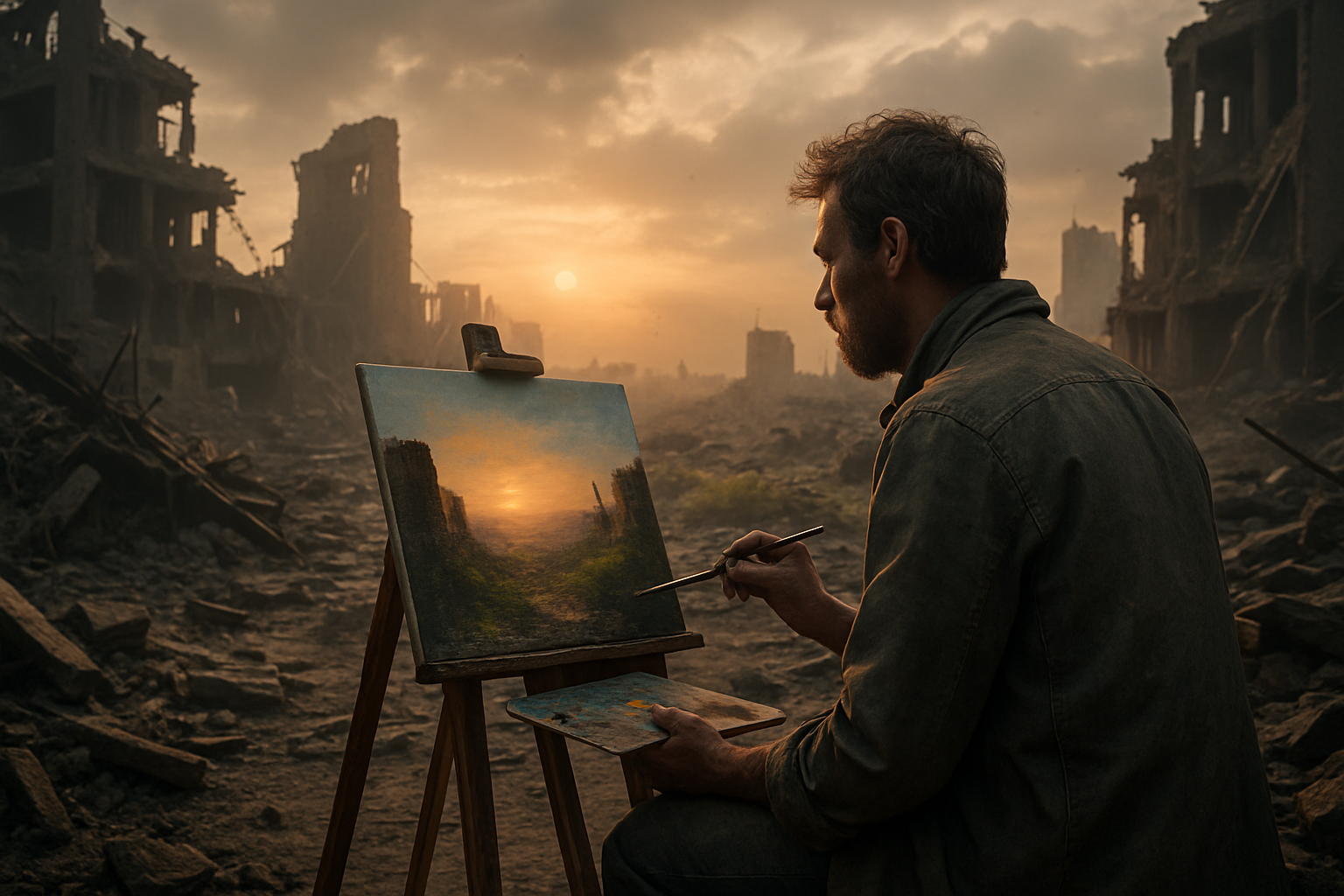Pioneers of Pixel: The New Wave of Digital Art
In an era where technology is an integral part of life, it's no surprise that the arts and entertainment industry has also been swept up in this digital revolution. Welcome to the world of digital art, where pixels replace paintbrushes, and screens become canvases. This article will delve into the history, current trends, and the transformative impact of digital art.

The Emergence of Digital Art
Digital art, in its most basic definition, is an artistic work or practice that uses digital technology as part of its creative or presentation process. This form of art emerged in the 1960s with artists like Frieder Nake and Vera Molnar who began exploring the potential of computers for creativity. They were the trailblazers in a field that was not even recognized as “art” in its early years. Their work paved the way for the digital art we see today.
Digital Art in the Contemporary World
Fast forward to the 21st century, digital art has evolved and permeated every aspect of our lives, from the advertisements we see on social media to the graphics in our favorite video games. Digital artists now have a plethora of tools at their disposal, including graphic tablets, styluses, and advanced software that offer seemingly limitless possibilities.
A notable recent development in digital art is the emergence of Non-Fungible Tokens (NFTs). This blockchain-based technology has allowed digital art to be bought and sold as unique pieces, revolutionizing the way we perceive and value digital creativity.
Impact and Reception
The reception and impact of digital art have been a mixed bag, much like any new artistic movement. On one hand, it has been embraced for its accessibility, versatility, and the new avenues of creativity it opens up. Artists who may have been restricted by traditional mediums can now express themselves without boundaries.
On the other hand, digital art has faced criticism for its perceived lack of authenticity and physicality, with some arguing that it lacks the tactile and visceral experience that traditional art provides. Despite these criticisms, the impact of digital art is undeniable. It has democratized art, making it more accessible to both artists and viewers.
The Future of Digital Art
The future of digital art seems bright. With advancements in technology, we are likely to see more immersive and interactive forms of digital art. Virtual and augmented reality are already being explored by digital artists, and the potential for growth in these areas is immense.
The emergence of digital art has also opened up new possibilities in the entertainment industry. From films to video games, digital art has revolutionized the way we create and consume content. It’s an exciting time to be a part of this dynamic and rapidly evolving field.
In conclusion, digital art is a testament to the transformative power of technology. It has redefined artistic expression and will continue to shape the future of creativity. Despite its critics, digital art is here to stay, and its influence on the world of arts and entertainment is set to grow. The pioneers of pixel are paving the way to a colorful and exciting digital future.





